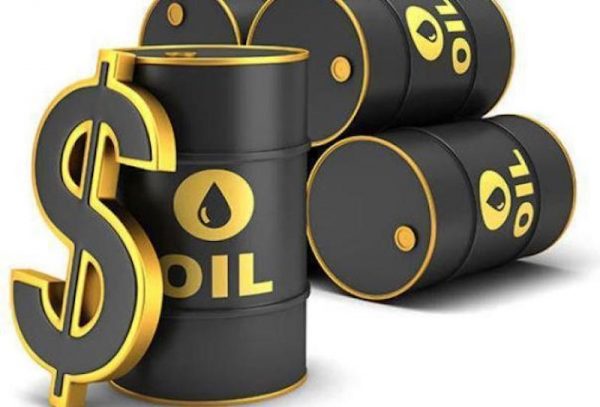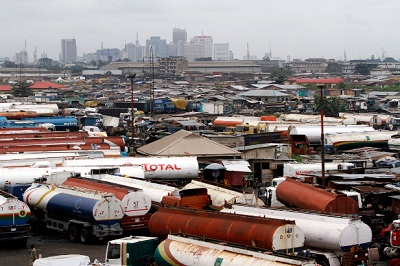OIL & GAS
Second-Wave COVID-19 Fears Threaten Oil Demand Recovery
 The recent oil price gains may be short-lived as growing fears over a resurgence in COVID-19 cases are putting the world’s oil demand recovery on hold, sparking concerns over a new supply glut in the coming months, according to analysts.
The recent oil price gains may be short-lived as growing fears over a resurgence in COVID-19 cases are putting the world’s oil demand recovery on hold, sparking concerns over a new supply glut in the coming months, according to analysts.The international oil price benchmark, Brent crude, which plunged below $20 per barrel in April, has rebounded in recent months on the back of production cuts by major producers and the gradual easing of lockdowns by many countries.
Brent sold at $43.55 per barrel as of 2:05pm Nigerian time on Wednesday.
Coronavirus infection rates are rising in some of the world’s biggest oil-consuming countries as they battle to contain new flare-ups with a second-wave of quarantine measures.
The US, India and Brazil, which consume more than a quarter of the world’s oil, continue to post the biggest number of new daily cases and make up almost two-thirds of the global tally, S&P Global Platts reported on Wednesday.
It said efforts to keep infection rates in check elsewhere are also struggling and in Japan, the world’s fourth-biggest oil user, a spike in infections has triggered new lockdown fears.
As a result, oil market watchers are revisiting their demand forecasts, most of which had previously predicted that oil demand would recover from an April low of around 80 million barrels per day sometime during 2021.
This week, Goldman Sachs forecast that the pace of monthly demand gains is set to slow to below 1 million bpd from August through December, after surging 12.5 million bpd from April to July.
“This slowdown is driven by a sharp stalling in the US due to the resurgence of the virus, a small increase in global jet demand and finally the headwinds to normalising activity even in countries where the virus remains under control,” Goldman said in a note.
By year-end, Goldman sees global demand at 96.3 million bpd, still down six million bpd, or six per cent, on its pre-COVID expectations.
Citing rising second-wave infections, Rystad Energy last week changed its base case scenario for oil demand saying it now sees global oil demand unlikely to recover to 2019 levels before the end of 2022.
The Norwegian consultants see global oil demand staying relatively flat from July to October 2020 and then rising at a much slower rate than previously estimated.
Rystad’s base case scenario now shows global oil demand averaging 89.7 million bpd in 2020 and 97.1 million bpd in 2021, compared to more than 99 million bpd in 2019.
A major source of the rising pessimism on demand comes from global mobility indicators which have shown that the recovery from April lows largely came to a halt in early July.
According to data from Google, activity has weakened in workplaces, retail and recreational sites, and transport hubs in most of the world’s biggest oil consumers.
Wood Mackenzie, which estimates an eight million bpd oil demand slump in 2020 from pre-crisis forecasts, said “downside risks from the deep GDP contractions and rising cases still remain.”
A softer demand outlook, together with two million bpd of supply due to return to the market from the Organisation of Petroleum Exporting Countries and its allies in a few days, is weakening the near-term market balance and capping oil price gains.
At the end of June, S&P Global Analytics lowered its 2021 oil demand estimate by 369,000 bpd to 101.2 million bpd, citing increasing concerns of new or second-wave COVID-19 cases.
Global oil demand will shrink by 8.2 million b/d this year to average 94.3 million b/d, according to the latest estimates from Platts Analytics.
Under a second-wave pandemic scenario, however, Platts Analytics sees oil demand falling by 10.5 million bpd this year and will only approach the base-case scenario by year-end if a vaccine is widely available.





